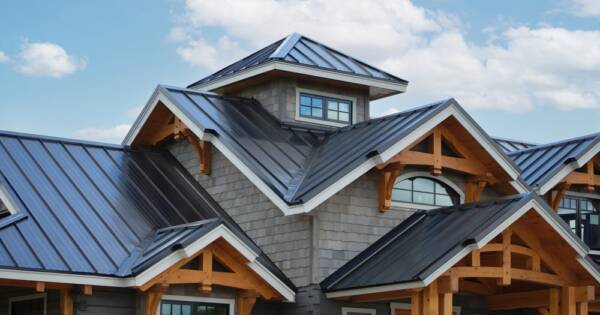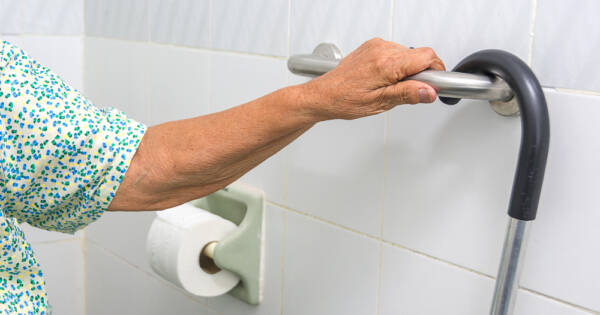As the temperature drops, your energy bills are likely to rise, but with a few smart energy-saving strategies, you could maintain a warm, comfortable home while avoiding the financial strain of high heating costs. Small changes can make a big difference.
1. Adjust the Thermostat If You Want to Save Energy
If you’re looking to cut down on energy costs, consider adjusting your thermostat.1 Lowering the temperature by a few degrees while you’re asleep or away from home could significantly reduce your energy consumption. Using a programmable or smart thermostat can make this process easier by automatically adjusting the temperature for you.
2. Seal Drafts If You Want to Keep Warmth In
If your home has drafts, you may be wasting energy by letting warm air escape. If you seal cracks and gaps around windows, doors, and other openings, you could prevent heat loss and make your home more energy-efficient. You might use weather stripping or caulking to seal gaps, particularly around doors and windows, which could help maintain a comfortable indoor temperature without having to turn up the heat.
If you have older windows, adding plastic film to cover them during the winter months might also help keep warmth inside. Heavy curtains could be another option to insulate windows, as they may block drafts and keep your rooms warmer.
3. Use Ceiling Fans to Circulate Warm Air
If you have ceiling fans, you might think they’re only useful in the summer, but they can actually help in the winter too. By running your ceiling fan in reverse (usually a clockwise direction at a low speed), you could push warm air down from the ceiling and distribute it more evenly throughout the room. This simple adjustment might help you feel warmer, allowing you to lower your thermostat and save energy.
4. Use Your Curtains Strategically
If you use your curtains strategically, you could take advantage of natural heat. During sunny winter days, you may want to keep your curtains open to let in sunlight, which could naturally warm your home. Conversely, closing the curtains at night might help trap heat inside and reduce the chill from cold windows. If you use thick, insulated curtains, they could be even more effective at retaining warmth.
5. Insulate Your Home If You Want Long-Term Savings
If you want to reduce your energy bills in the long term, improving your home’s insulation could be a smart move. You might consider adding insulation to your attic, walls, and floors to prevent heat loss. Proper insulation could keep your home warmer in the winter and cooler in the summer, which might lead to significant energy savings throughout the year.
6. Lower Your Water Heater Temperature
If you lower your water heater’s temperature, you could save on energy costs without sacrificing comfort. Many water heaters are set to a high temperature by default, but if you reduce the temperature, you might still enjoy hot showers while using less energy.2 This simple change could also extend the life of your water heater and reduce the risk of scalding.
7. Only Heat Rooms That You Use
If you only heat the rooms that you use regularly, you might reduce your overall energy usage. You could close the vents in unused rooms and focus on heating the areas where you spend most of your time. If your home has zoned heating, you might be able to adjust the temperature in different sections of the house, allowing you to use energy more efficiently.
8. Use Rugs to Keep Floors Warmer
If your home has hard floors, adding rugs might help make your space feel warmer. Rugs could provide additional insulation and keep your feet warm, which may make it easier to maintain a comfortable temperature without increasing the thermostat. If you use thick, plush rugs, they could help create a cozier environment during the colder months.
Stay Warm Without Chilling Consequences
If you want to reduce your energy bills during cold weather, there are several strategies you could try. By adjusting your thermostat, sealing drafts, using ceiling fans effectively, and taking advantage of natural sunlight, you might be able to keep your home comfortable while using less energy.
Implementing these tips could lead to lower energy costs and a more energy-efficient household. Even small changes, such as using rugs or adjusting your water heater temperature, might add up to significant savings over time.




